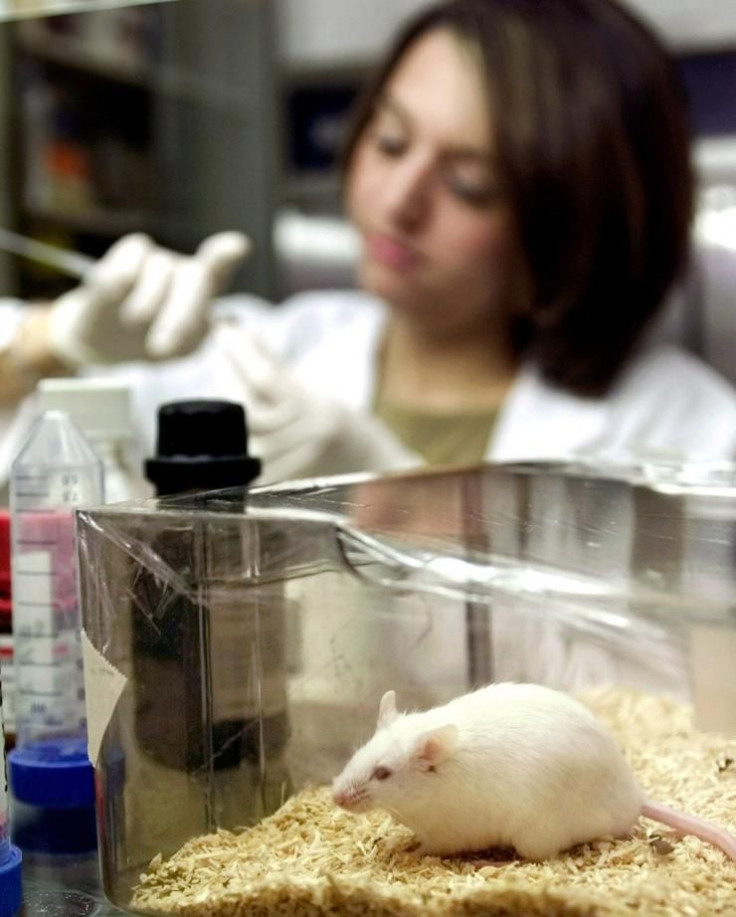Are Zombies Real? Scientists Use Lasers To Trigger Predatory Killer Instinct In Mice

Scientists in the U.S. have successfully triggered aggressive predatory behavior in mice by using lasers to stimulate two separate sets of neurons in their brains, according to a study published Thursday in the journal Cell that has some people questioning if the principle can be used to create zombies.
The scientists used a technique called optogenetics, in which genes for light-sensitive proteins are introduced into specific types of brain cells in order to monitor and control their activity precisely using light signals. In the experiment, researchers genetically modified the mice through the use of a virus that makes it possible to artificially activate neurons in the amygdale — a region in the brain known for its role in emotions like fear and pleasure — through the use of a laser.
"When we stimulate neurons it is as if there is a prey in front of the animal. They assume the body posture and actions usually associated with real hunting," said Ivan de Araujo, an associate professor of psychiatry at the Yale University School of Medicine and an associate fellow at the John B. Pierce Laboratory in New Haven, according to NPR.
"We’d turn the laser on and they’d jump on an object, hold it with their paws and intensively bite it as if they were trying to capture and kill it,” De Araujo, the senior author of the paper, reportedly said.
Both sets of predatory behavior responses were also found to operate independently. While triggering one set of neurons resulted in the mice pursuing the prey, the other prompts them to bite and kill. If just the “hunting” neurons were triggered, the mice chased the prey but the biting force of the jaw was decreased by 50 percent. “They fail to deliver the killing bite,” said de Araujo, suggesting that brain cells could control jaw strength.
In a video of the experiment, the mice can be seen turning aggressive and predatory, at the flip of a switch, once stimuli introduced as the prey, such as insects, robot insects and also inanimate objects such as bottle caps and wooden sticks, is introduced.

"Behavior was interrupted immediately upon laser deactivation. Such attacks were never observed when laser source was off," the team wrote. De Araujo confirmed that the mice did not target researchers or other mice, chiefly just attacking objects smaller than themselves.
“It had to be something that could be grabbed and contained, something they want to capture and subdue. ... It’s not that they got out of control and tried to kill everything. It had to be something that looks like food to them,” De Araujo said, according to the Guardian.
De Araujo pointed out that the research may help yield some interesting insights on how hunting behavior evolved hundreds of millions of years ago.
"Our findings imply the central amygdala as a modular command system. ... It is a major evolutionarily player in shaping the brain. ... There must be some primordial subcortical pathway that connects sensory input to the movement of the jaw and the biting," according to the findings.
When the laser is turned on, the mice somewhat act like "walkers" from "The Walking Dead" — this analogy is fair only to a certain extent, de Araujo said as he clarified that the predatory circuits are more to do with the animals' drive for sustenance rather than with the instinct to attack.
“The system is not just generalised aggression ... It seems to be related to the animal’s interest in obtaining food,” he said, according to Phys.org.
© Copyright IBTimes 2024. All rights reserved.






















